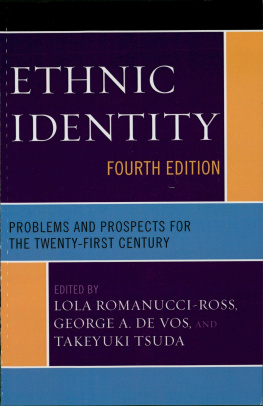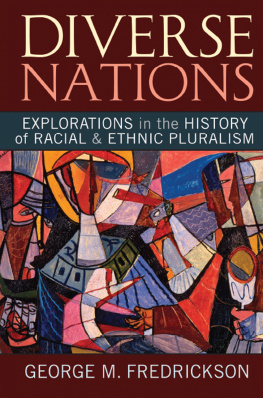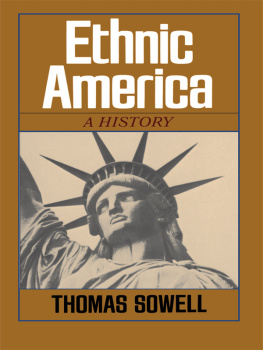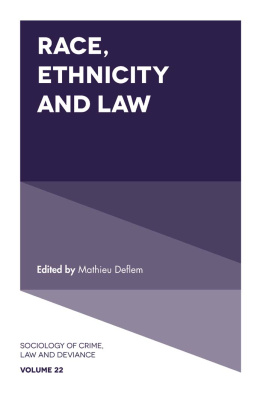First published 2001 by Ashgate Publishing
Reissued 2018 by Routledge
2 Park Square, Milton Park, Abingdon, Oxon OX14 4RN
711 Third Avenue, New York, NY 10017, USA
Routledge is an imprint of the Taylor & Francis Group, an informa business
Copyright Greg Oswald 2001
All rights reserved. No part of this book may be reprinted or reproduced or utilised in any form or by any electronic, mechanical, or other means, now known or hereafter invented, including photocopying and recording, or in any information storage or retrieval system, without permission in writing from the publishers.
Notice:
Product or corporate names may be trademarks or registered trademarks, and are used only for identification and explanation without intent to infringe.
Publishers Note
The publisher has gone to great lengths to ensure the quality of this reprint but points out that some imperfections in the original copies may be apparent.
Disclaimer
The publisher has made every effort to trace copyright holders and welcomes correspondence from those they have been unable to contact.
ISBN 13: 978-1-138-72508-9 (hbk)
ISBN 13: 978-1-315-19206-2 (ebk)
In writing this book, my aim is to accomplish two goals: first, to acquaint undergraduate students with the main developments in the field of U.S. race and ethnic relations in the past decade, and second, to challenge misconceptions, especially those held abroad. Both objectives are the result of personal experience. Although an American citizen, I have spent a good portion of my life upwards of thirty years either in higher academic study or teaching social subjects in the UK. Throughout that long time I have come across innumerable students who, while well grounded in American history and culture, often have done little formal study of contemporary U.S. public policy issues. An exception to this in Britain are those Scots fortunate enough to have taken the race relations option in Higher and Advanced Higher Modern Studies courses. But these scholars are relatively few in the broader realm of academia, and this work, while it assumes no prior knowledge of the subject at hand, does try to take the reader some way beyond what he or she learned at the senior secondary level.
The preconceived notions that foreigners and, indeed, some Americans themselves have about racial matters in the United States are numerous and, alas, often ill founded. Stereotypes abound about such matters as African American political views and social leanings, non-white indigence and the lack of a work ethic on the part of many racial and ethnic minorities. Without trying to be iconoclastic, this book asserts among other things that poverty is a native born white as well as a black and immigrant problem, that desegregation rather than integration is a goal of many African Americans, and that for better or worse a conservative political, social and economic outlook can be found in plenty of Asian, Hispanic and even black households.
Although a white male author, I feel I have no particular ideological axe to grind and so have endeavoured to present the subject matter and various arguments in what I think is an objective manner without sacrificing intellectual rigour. This book presents, occasionally through extracts, attitudes to relevant current public policy issues from a number of perspectives Left and Right, black and white, immigrant and native born while drawing attention to nuances of opinion. It uses statistics to discern group socioeconomic trends and performances while urging readers to exercise caution in interpretation. It analyses in an evenhanded way both sides of the debate presently going on in learned circles in the US about the nature and extent of minority progress in 1990s America. And while it offers conclusions, it does so primarily as springboards for further discussion rather than as pronouncements from on high.
Given its public policy orientation, this book focuses on those issues that have preoccupied social scientists and politicians the most. It generally neglects popular culture, even though African Americans and other minorities have played and continue to exert a big role in sports, entertainment and the arts in the U.S. As regards presentation, I have organised the chapters to be read consecutively, with some of the more thorny issues like affirmative action and immigration saved till later in the work following earlier discussions of jobs, education, the status of non-black minorities and the like. Furthermore, many opening paragraphs refer to previously mentioned issues. Nonetheless, I have tried to make each chapter a relatively free standing and independent essay capable of being read on its own, if the student so wishes.
One keynote of the book is that semantics is at the root of much of the current racial and ethnic divide. Blacks and whites either tend to define certain practices in quite different ways or argue as to whether some of these practices can be subdivided into acceptable and unacceptable forms of behaviour. Racism is an example of the former; rational and irrational discrimination are cases of the latter. Even more fundamentally, perhaps, race means something quite other to Hispanics than what it does to Caucasians, just as Latino notions of assimilation (in the sense of gaining majority white acceptance) are often at odds with those of African Americans. How these differences arise and the difficulties they can cause are themes that the work visits time and again.
Indeed, phrasing can be a rather thorny matter when considering some rather less abstract terms in an area such as this. Defining just what race and ethnic mean has long been fraught with difficulties, and never moreso than today when travel and intermarriage have brought about an unprecedented mixing of peoples. In the United States the former word is as much a social construct as a scientific reality, as is explained in refers to blacks, whites, Native- and even Asian Americans and treats them, as does the U.S. Bureau of the Census, as though they are in pigmentation terms distinct single groups, even though this clearly is by no means always the case. By contrast, the word ethnic has been incorporated into the title of the book almost by default chiefly to denote Hispanics, who because they include whites, blacks and others in their ranks cannot be classified as a race. Only to a lesser extent does ethnic refer here to specific nationality groups that have emigrated to the USA and then primarily to the less assimilated ones like Cuban-, Mexican- and Vietnamese Americans rather than to the subsets of peoples from 19th and early 20th century Europe usually included in this category.
Although race and ethnicity are usually defined quite differently, this is not to say that the two classifications are mutually exclusive. Many would contend that everyone has both a racial and an ethnic identity, sometimes multiple layers of them because of generations of marriage outside a grouping. In the case of U.S. blacks, however, the claiming of a particular ethnic affiliation has often been very hard, if not impossible, to achieve, largely because so many of their ancestors were captured centuries ago in unrecorded circumstances in various parts of Africa and then transported as slaves to the New World, where cultural heritage was denied them. Unlike most American Indians, for instance, a U.S. black almost never can know for certain the tribe(s) from which he or she is descended, and part of the great popularity of the 1976 book and subsequent TV miniseries Roots was the fact that author Alex Haley was able to achieve this in a credible way through a fictionalised version of actual events concerning his family. Other U.S. blacks have not been so lucky in their endeavours, and to offset this lack of information and to assert that they, too, have a cultural heritage of their own, many people now commonly called black prefer to describe themselves as African American. However, others belonging to this category remain quite happy with the former term, seeing it as a succinct and clear counterpoint to white, the word most commonly used to describe those of European ancestry. This book seeks to draw no distinction between the two and uses them interchangeably when discussing Americas biggest racial minority.








